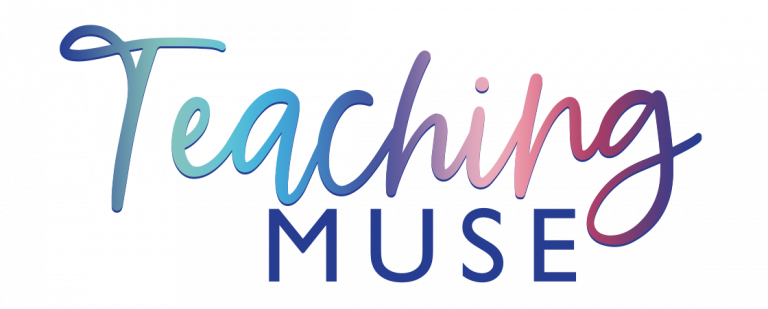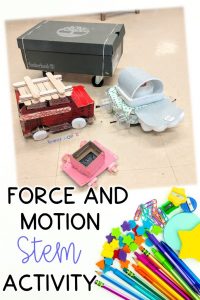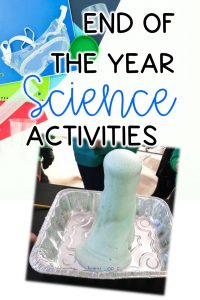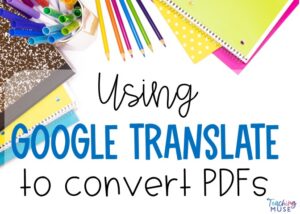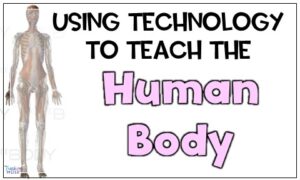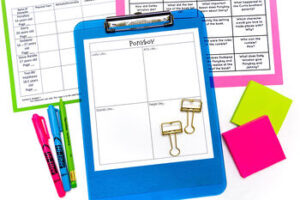
School is weeks away from being over but there’s still time to complete these end of the year science activities. The kids are restless and ready to be done. End of the school year, teacher tired is real. So, what can you do to keep engagement high, even when the curriculum is done with? Here are some end of the year science ideas to use in your classroom to stay calm and keep those kids invested in learning about science right up until the last days in June. Here are five engaging science end of the year science activities to use in your classroom.
Great End of the Year Science Activities
Elephant's Toothpaste
- 1/2 c of 3% hydrogen peroxide
- empty plastic bottle
- 1 TB of dry yeast
- a squirt of liquid dish soap
- a few drops of food coloring
- 3 TB of warm water
- Pour the hydrogen peroxide into the empty bottle.
- Squirt the dish soap into the bottle. Swirl to mix.
- Add in a few drops of food coloring. The more drops, the darker the color.
- In a separate container, mix together the yeast and warm water for about 30 seconds.
- Pour the mixture into the empty bottle and prepare to be amazed!
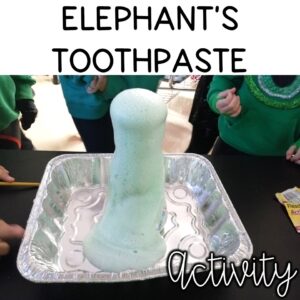
Grab FREE worksheets for this activity below.
Drops on a Penny Lab
Sometimes the simplest things amaze our students. I knew about this activity many years ago but always thought its simplicity would bore my students; however, I was wrong! I tried this activity with my students while tying in the CER method. My students were thoroughly engaged and couldn’t stop talking about it.
Here is how to bring this simple activity into your science classroom:
Materials needed:
- dropper,
- water,
- penny
Students will predict how many drops of water will fit on the surface of the head side of the penny. Then they should predict how many will fit on the tail side.
Students use the dropper and count the drops of water. Record the information.
Compare the information and conclude why one side held more than the other.

Egg Challenge
Oh, poor eggs. There are so many eggs lost throughout the year in my science class, but they are so helpful in teaching science concepts. One activity that I love using with my students is a STEM Egg Car Challenge. This activity aligns with standards regarding force and motion or engineering and design.
The objective of this activity is to create a vehicle that will house an egg. It needs to protect the egg while it travels down a ramp and hits a wall. Consideration should be taken into whether the egg is damaged, how the vehicle travels, and whether the car becomes damaged.
Choose whether you want to provide students with everyday materials to create a car or use materials they have at home. I usually have students use their own materials, but I have some on hand that they can “buy” to use to build their car.
Students can work in groups or individually. Depending on the amount of class time, a possible timeline of this end of the year science project is as follows:
- Introduce students to the project. Criteria and expectations are laid out. Students can start designing their vehicles either independently or in small groups.
- The design and engineering process can either occur in the classroom or at home, depending on the time you have. If providing students class time, I would recommend giving them about two 45 minute class sessions. I find students work harder when they are given shorter time constraints. You can always extend this timeline if students are working well and need more time. If giving students the time to work at home, I usually give them a week, making sure there is time for them to work on it during the weekend.
- Depending on your class size and amount of groups, you may need 1-3 class sessions to test the designs. This is such a fun time for both the students and the teacher. To set up for the experiment, I use a plank of wood on an incline. The highest point of the angle is at 3 feet.
- Students take turns testing their designs.
- Students are assessed on how their design performed during the test.
End of the Year Lab Coats
Teachers who have used these science activities in their classroom have said, “My students enjoyed the topics very much! I loved how the passages were organized – perfect for my struggling students. The graphic organizer for the animal moms article made for a fun research mini-project at this point in the year! Thank you!”
Free Science Worksheets!
Two print and go science activities:
- Drops on a Penny
- Elephant’s Toothpaste
sent to your inbox by entering your information below.
